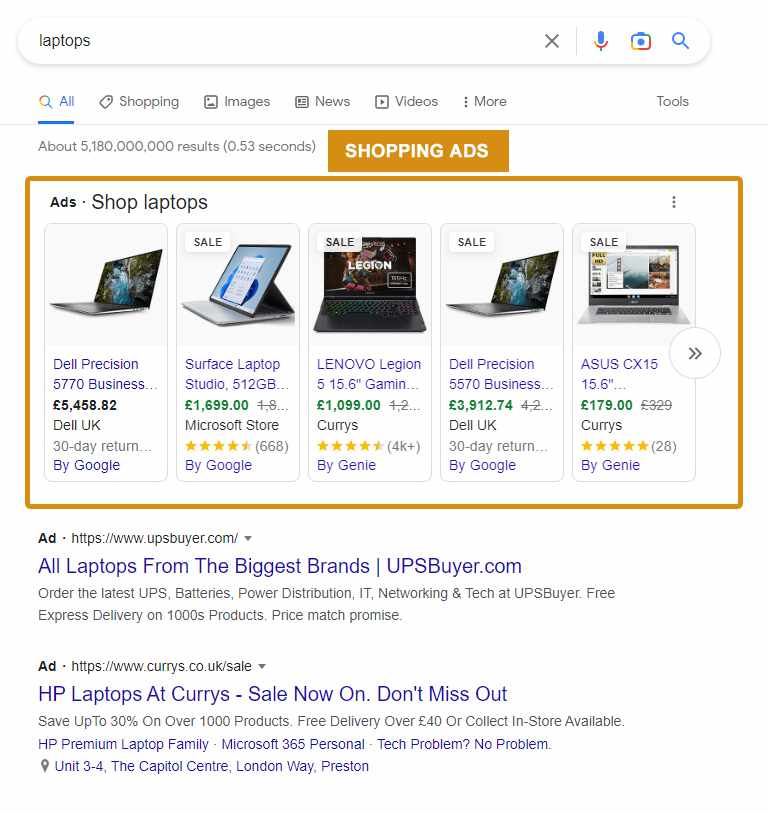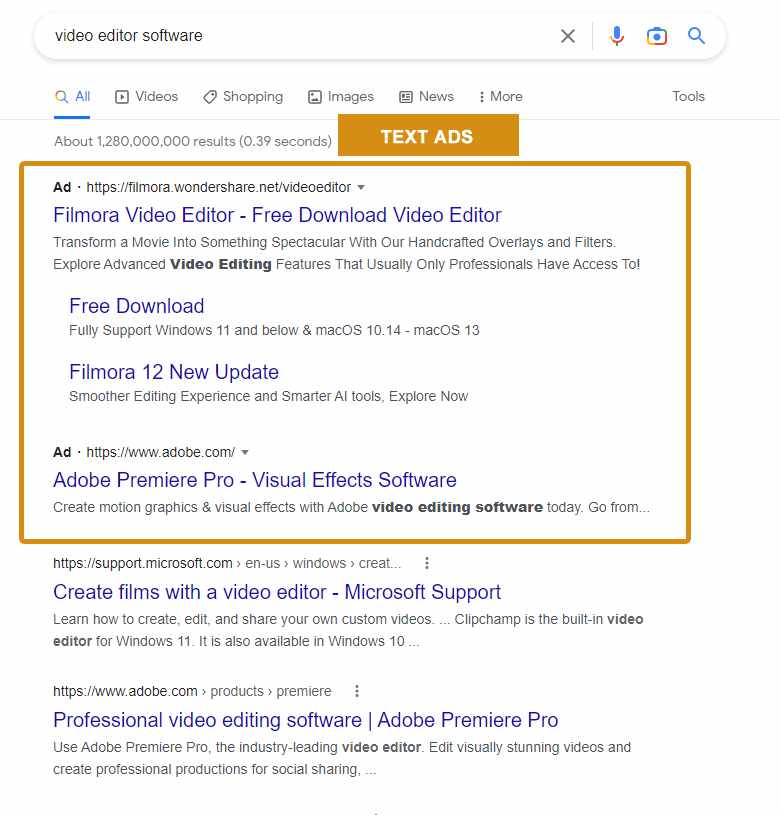
How to Utilise Google Local Searches with Google Ads?
In the modern digital landscape, with intense competition for customer attention, businesses must harness every available tool to reach their target audience effectively. Google Local Ads, a highly effective platform, offers a unique opportunity to focus on geographical targeting, enabling businesses to connect with local customers. This blog post aims to demystify Google Local Ads and provide a step-by-step guide on using this tool for geographic targeting, turning it into a lever for success. Whether you’re a seasoned marketer seeking to hone your strategy or a small business owner looking to increase your local presence, this guide offers insightful, actionable tips.
What are Google Local Ads?
Google Local Ads are a specific type of paid advertisement on the Google network designed to help businesses promote their products or services to local customers. These ads are triggered based on the searcher’s location or any location-related keywords used in their search query. These might include phrases like “near me” or “in [city name]”. These ads provide crucial business information, including the store’s address, business hours and even directions, right on the search results page, simplifying the customer’s path to purchase.
Importance of Geographic Targeting in Online Advertising
Geographic targeting is a vital component of online advertising, particularly for businesses serving specific localities. Targeting ads based on location allows businesses to tailor their advertising message to suit the local audience’s unique needs and preferences. This targeted approach tends to yield a higher return on ad spend as the ads are more relevant, leading to higher engagement and conversion rates. Moreover, for small businesses, geographic targeting levels the playing field, allowing them to compete effectively with larger competitors by focusing their advertising efforts on the markets they serve best.
Developing a Geographic Targeting Strategy with Google Local Ads
Understanding the Importance of a Strategic Approach
A strategic approach in geographic targeting is crucial for businesses utilising Google Local Ads. This strategy allows you to serve ads to potential customers in a specific location or set of locations that are relevant to your business. By doing so, you can focus your advertising on the areas where you’ll find the right customers and, hence, prevent unnecessary spending on clicks from customers in areas you don’t serve.
Techniques for Effective Geographic Targeting
There are several techniques that you can use for effective geographic targeting:
Radius Targeting: The use of radius targeting can be beneficial. This involves targeting potential customers within a certain distance from your business. This technique is incredibly impactful for businesses that have brick-and-mortar establishments, like restaurants or retail stores.
Location Groups: Location groups constitute another method for achieving effective geographic targeting. This entails targeting users based on distinct categories of locations, such as areas of interest, commercial establishments, or demographic segments within a particular locality.
Mobile App Optimisation: Optimising ads for mobile users is critical, given the increasing number of customers who rely on their mobile devices to find local businesses. Ensuring your ads are mobile-friendly can significantly enhance your visibility and reach.
Case Study: Successful Geographic Targeting Using Google Local Ads
Consider the case of a popular restaurant chain that used Google Local Ads to improve its foot traffic. They utilised geographic targeting to focus their Google ads campaign on locations where they had restaurants. By targeting users within a specific radius of their locations and implementing ad schedules to align with their opening hours, they increased their foot traffic considerably, providing a clear demonstration of the power of effectively using Google Local Ads.
Improve Your Ad Campaign Performance with These Analytical Tools
Analysing and improving the performance of your ad campaigns is facilitated by various tools. For instance, Google Ads provides comprehensive analytics that allows you to track the effectiveness of your ads and identify areas for improvement. These tools can enhance your understanding of your campaign’s performance and guide future strategies.
Additionally, testing various ad variations helps you understand better what resonates with your target audience. Run A/B tests with varying headlines, descriptions, and call-to-actions to discern which combinations generate the most engagement. Lastly, regular audits of your campaign’s performance are crucial. These can help identify underperforming ads or keywords, allowing you to adjust your strategy accordingly and maximise your return on investment. Embrace these practices and tools to create a robust, efficient, and result-oriented Google Local Ad campaign.
In conclusion, effective geographic targeting via local ads can significantly increase foot traffic and boost businesses, as demonstrated by the case study. This involves optimising ads for mobile users, utilising location groups, and aligning ad schedules with business hours. Furthermore, using analytical tools, such as Google Ads, facilitates performance tracking and the identification of areas for improvement. As the digital landscape continues to evolve, businesses should capitalise on these strategies to reach their potential customers at the right place and time. Now, it’s your turn to implement these strategies and propel your business to new heights.
How We Can Help Your Business
Contact One Web Digital today to learn more about how we can help you with Google Local Services Ads to increase your brand awareness and leads.





